Norma Glickman wanted to make her own Jewish identity more meaningful. Her husband had studied to become an adult bar mitzvah, and after his death, she felt it would be a tribute to him to follow his example and become a bat mitzvah. When Glickman, 79, completed her study at Temple Emanuel, she wanted her granddaughter, Springsong, to share the experience.
Glickman describes her daughter, Carmella, and her non-Jewish son-in-law as “hippies who live in a cabin” in Republic, a tiny community in northern Washington state some four hours from the closest Jewish community in Spokane. Glickman arranged for Springsong to come to Los Angeles to study for her own bat mitzvah and attend Camp Alonim at Brandeis-Bardin Institute. Her granddaughter now goes by the name Shira.
Touting the success of her efforts, Glickman said, “I’m no longer Grandma; I’m Savta.”
The reasons why milifers and seniors have gravitated to adult b’nai mitzvah programs since the trend first took off in the 1970s are numerous, including the fact that most women didn’t have such ceremonies until the 1980s (the first bat mitzvah was held in 1922). One perennial influence is a child or grandchild reaching b’nai mitzvah age, and the divergent issues brought about by intermarriage can sometimes compel one or more adults in a family to take on b’nai mitzvah study to serve as a role model.
Gone are the days when marrying outside of the Jewish community was so rare that Tevye the Milkman could simply consider his daughter, Chava, dead and wash his hands of the situation. If Tevye lived in 21st century America, he might have seen his non-Jewish son-in-law, Fyedka, convert and become a bar mitzvah.
“Interfaith families [are] the fastest growing segment of the American Jewish population, numbering some 1 million families,” said Rabbi Kerry Olitzky of the Interfaith Outreach Institute.
More than one-third of all U.S. Jews have intermarried, according to a 2006 study by the American Jewish Committee (AJCommittee), producing 1.5 million children in mixed-faith homes.
Brandeis University sociologist Sylvia Barack Fishman, the AJCommittee study’s author, found that that less than 20 percent of non-Jewish spouses convert to Judaism. Among those who do convert, 30 percent pass ambivalence and mixed feelings about their adopted faith on to their children.
As the community wrestles with the questions of how to preserve and pass on Jewish identity in the face of intermarriage, a frequent answer is greater education.
Grandparents, like Glickman, will sometimes step in to guide the Jewish education of grandchildren of interfaith families if the parents decline to take a proactive role.
“Grandparents have a unique responsibility and opportunity to serve as role models,” said Rabbi Steven Carr Reuben of Kehillat Israel in Pacific Palisades, “and it is therefore not surprising that many involve themselves in passing on their Jewish identity to their interfaith grandchildren.”
Still, most Jewish movements would like to reach interfaith parents, especially considering that only 15 percent belong to a synagogue, according to Olitzky.
Rabbi Jerome Epstein, United Synagogue of Conservative Judaism’s executive vice president, feels that b’nai mitzvah can play an important role in educating interfaith families, especially children, once they are involved in synagogue life.
“If they are involved in religious education and observe some mitzvot and have a bar or bat mitzvah, I have a chance of educating them, and we want to help them grow,” he said in an interview with The Jewish Week.
Cantor Jay Frailich of University Synagogue in Brentwood said that when children of interfaith families are raised Jewish, the non-Jewish parents often want to know what their children are doing. “Such parents often have a feeling of inadequacy and seek a sense of participation so that they can feel more included,” he said.
Growing up in Stockholm, Annika Krasney, 51, knew very little about Judaism prior to her marriage to her husband, Robert. Before the wedding, she studied the religion at a Reform synagogue in Los Angeles.
“One thing led to another,” she said, and she decided to convert.
When she told her parents that she was planning to marry a Jew, “they were surprised and initially taken aback,” she said.
Her parents came around before the wedding, even making contact with a synagogue in Stockholm and arranging for a traditional Jewish ceremony.
The Krasneys now have two teenage sons, who encouraged their mother to study along with them when it came time for their bar mitzvahs. The study inspired her to take classes and become a bat mitzvah; her parents flew to Los Angeles for the ceremony.
Children raised in interfaith families can also inspire Jewish parents to take a more proactive approach to their faith.
Helene Morgan, 51, rebelled against her Judaism while growing up in Pittsburgh. Her husband, Tom, is Protestant, and after they had children, the couple wanted to bring them up in both religions.
“That didn’t work” she said, “because they got a lot of different holidays but no foundation of belief … they got a little of everything but ultimately they got nothing.”
Her husband grew up in a family that was not particularly religious, and since Judaism “resonated” with him, they decided to raise the children as Jews.
The Morgans joined Wilshire Boulevard Temple and enrolled in classes, with the parents and children taking separate courses: “We’d all be together as a family but doing different things.”
Her daughter, Dana, now 18, embraced Judaism enthusiastically and literally begged her parents to take her to Shabbat services. The example influenced Helene Morgan to study for her bat mitzvah.
Meanwhile, her husband has decided to convert, and the couple plans to renew their vows in October on their 25th wedding anniversary by holding the Jewish ceremony they never had.
“It will be a momentous occasion,” Helene Morgan said.







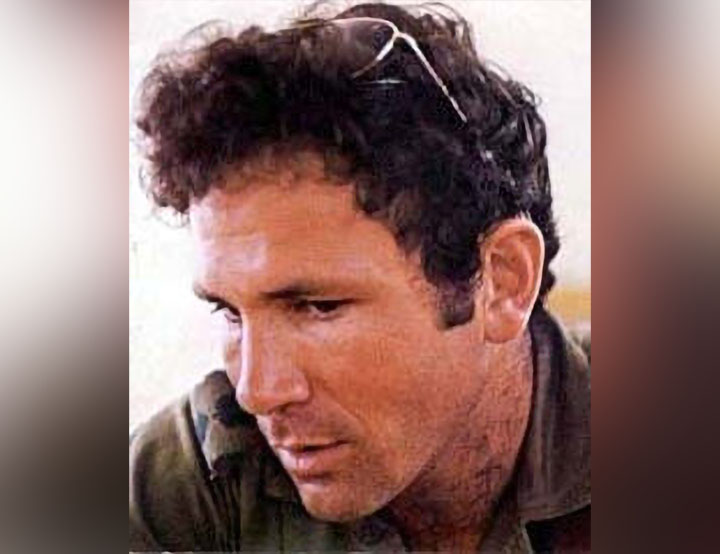
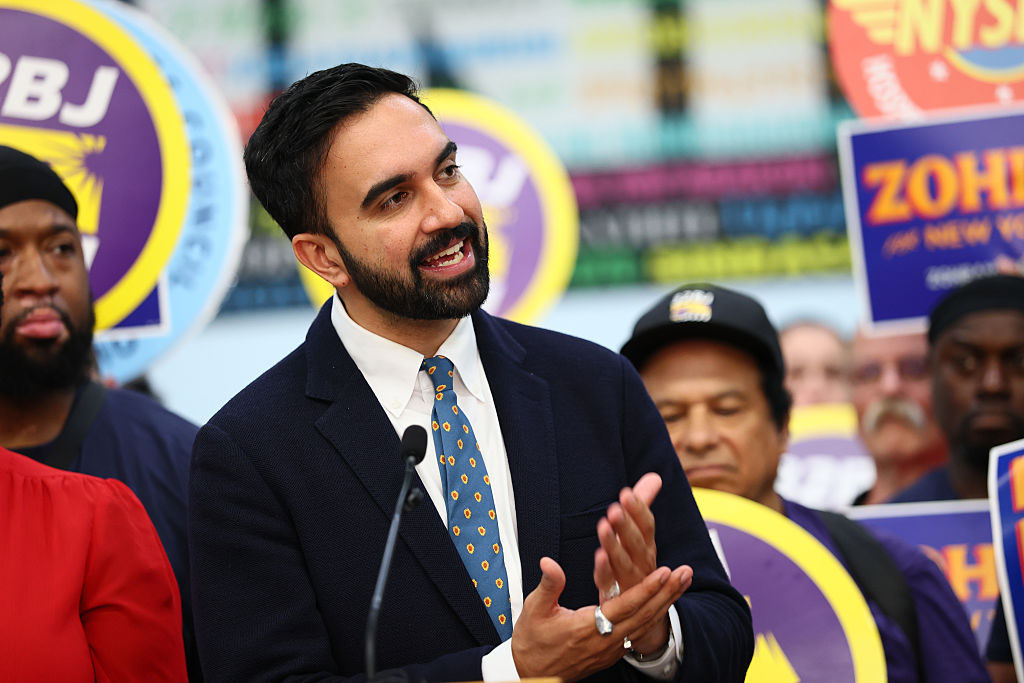
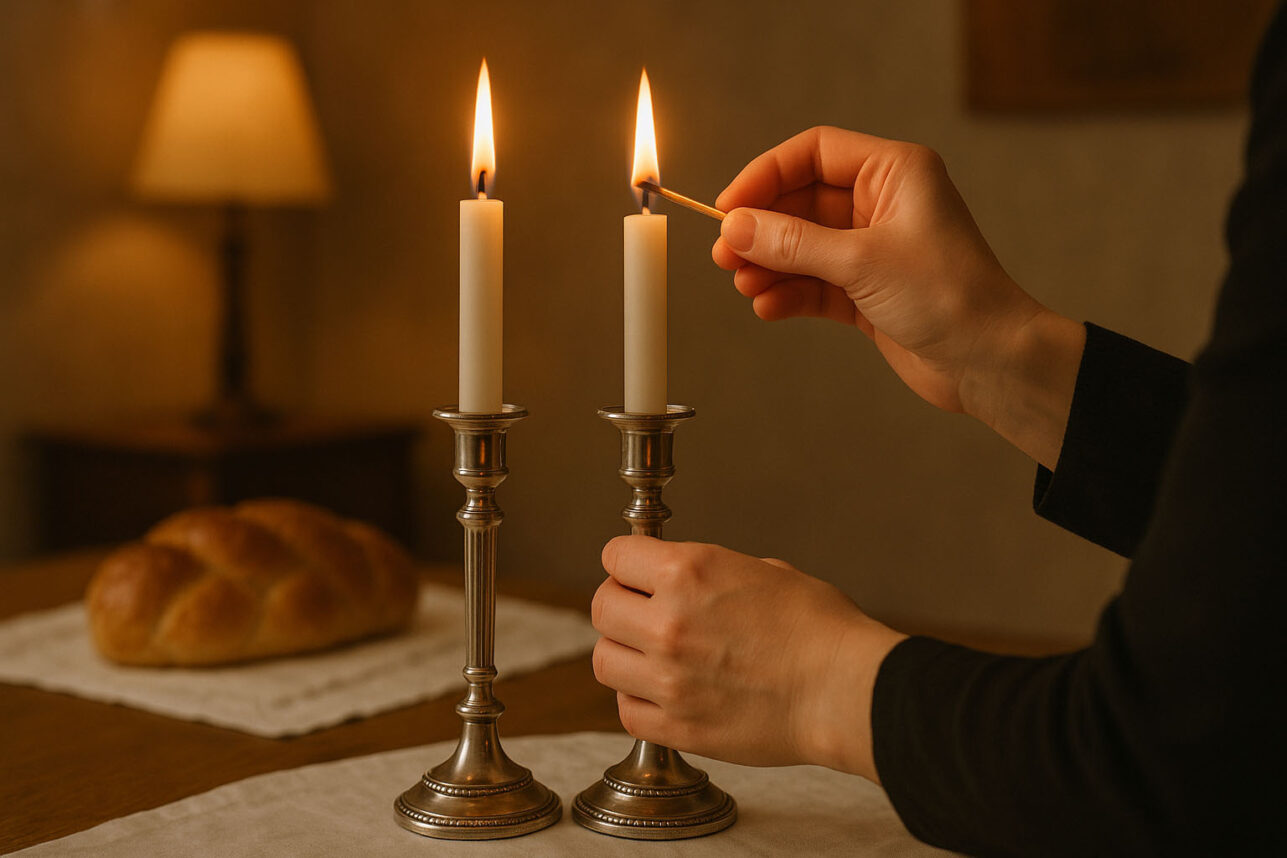






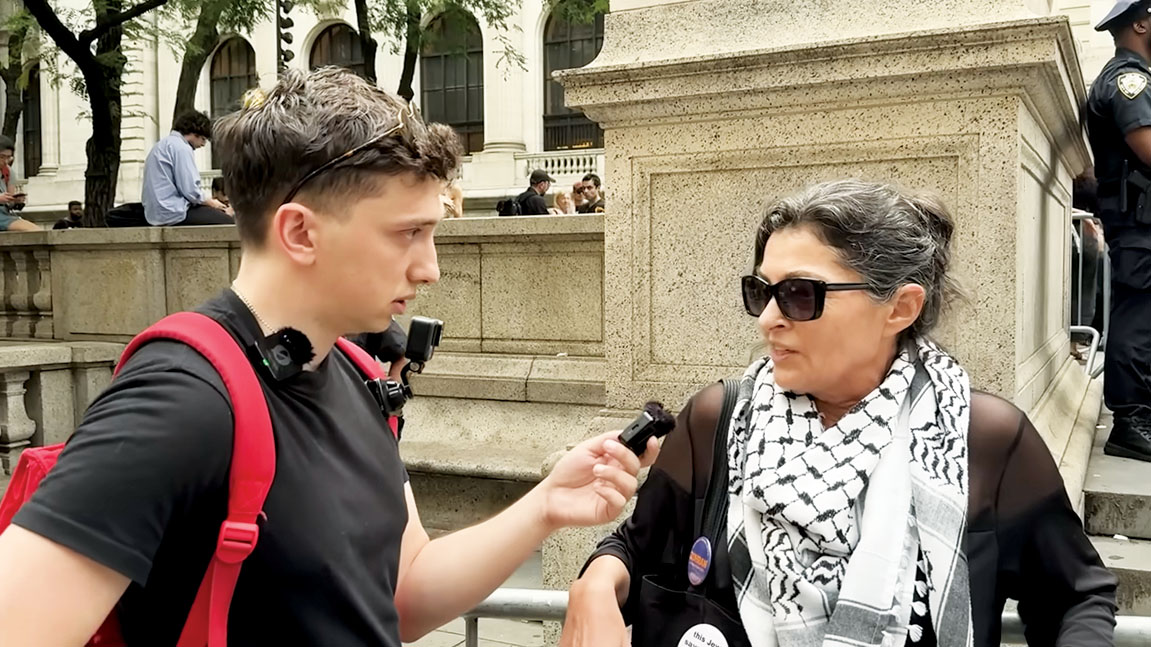
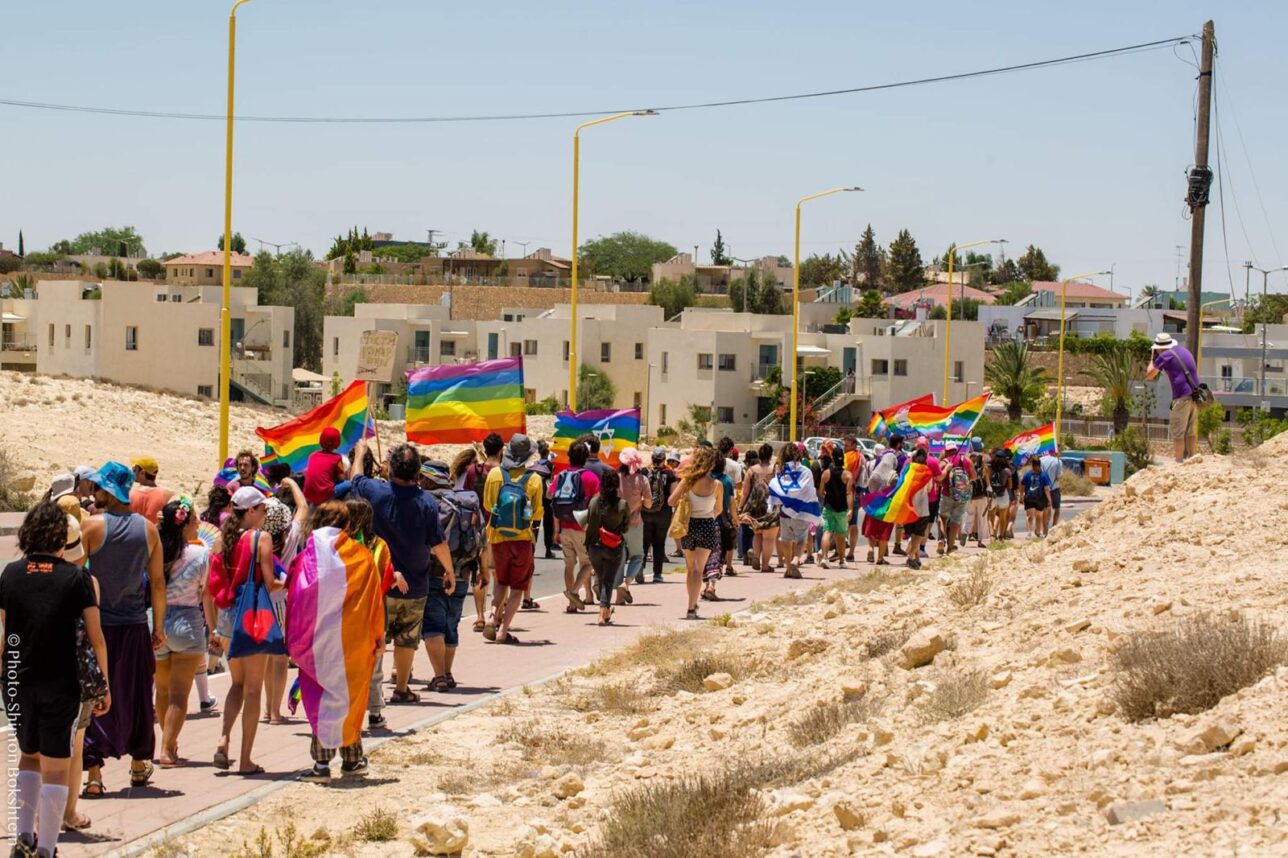

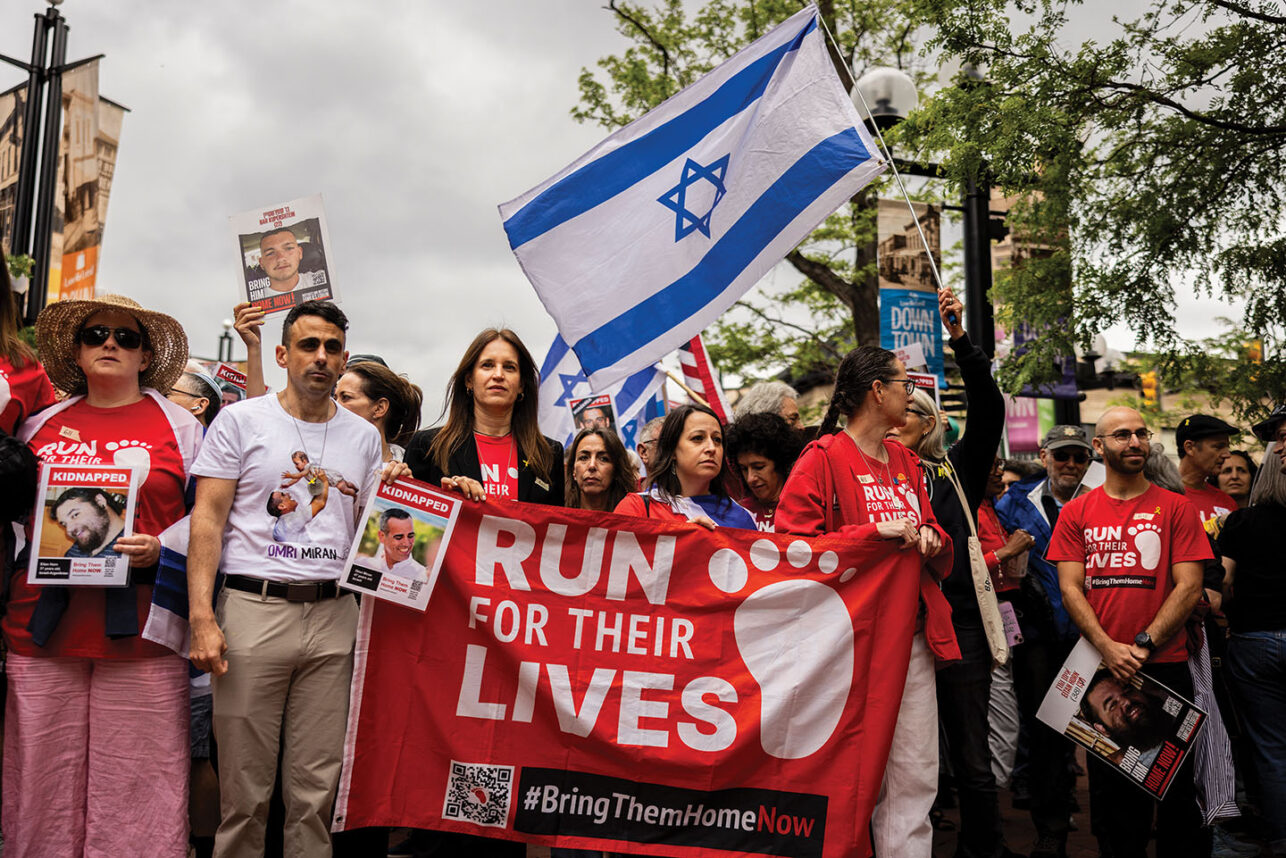

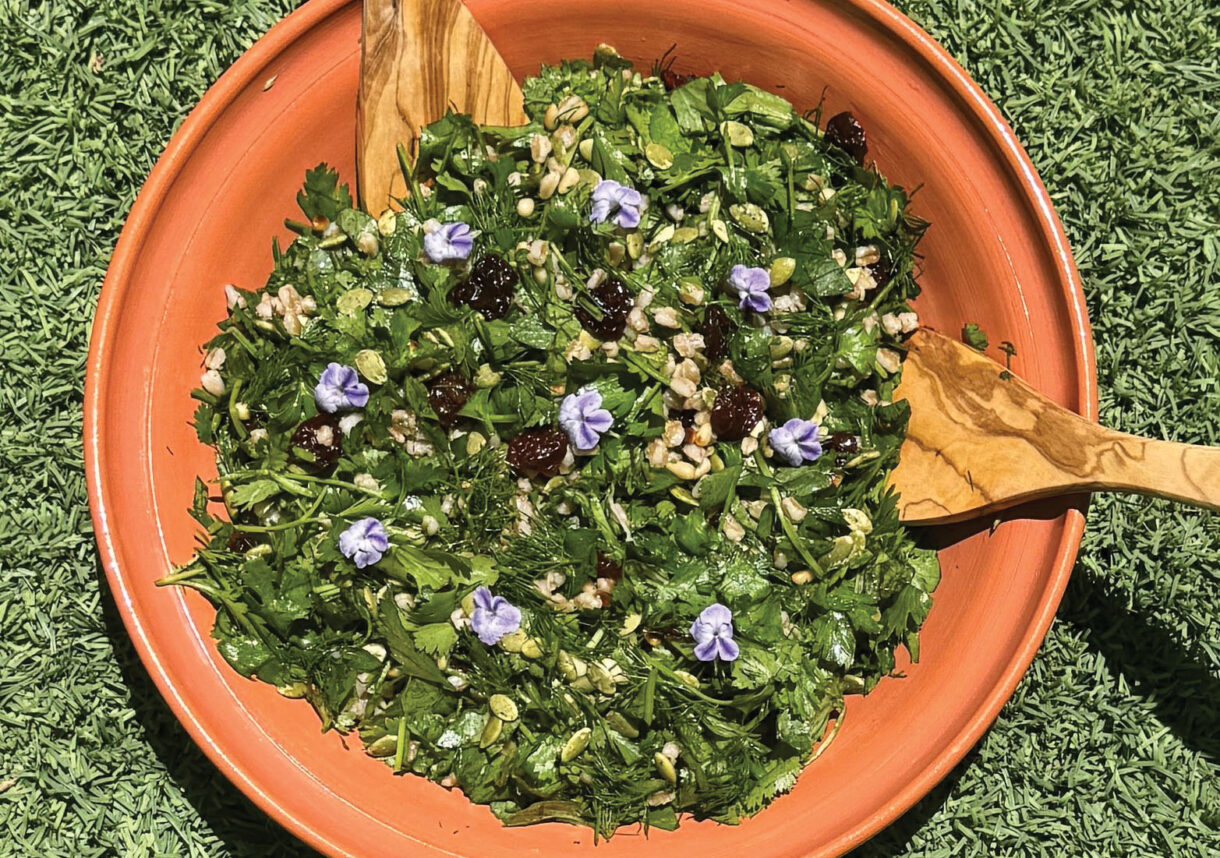
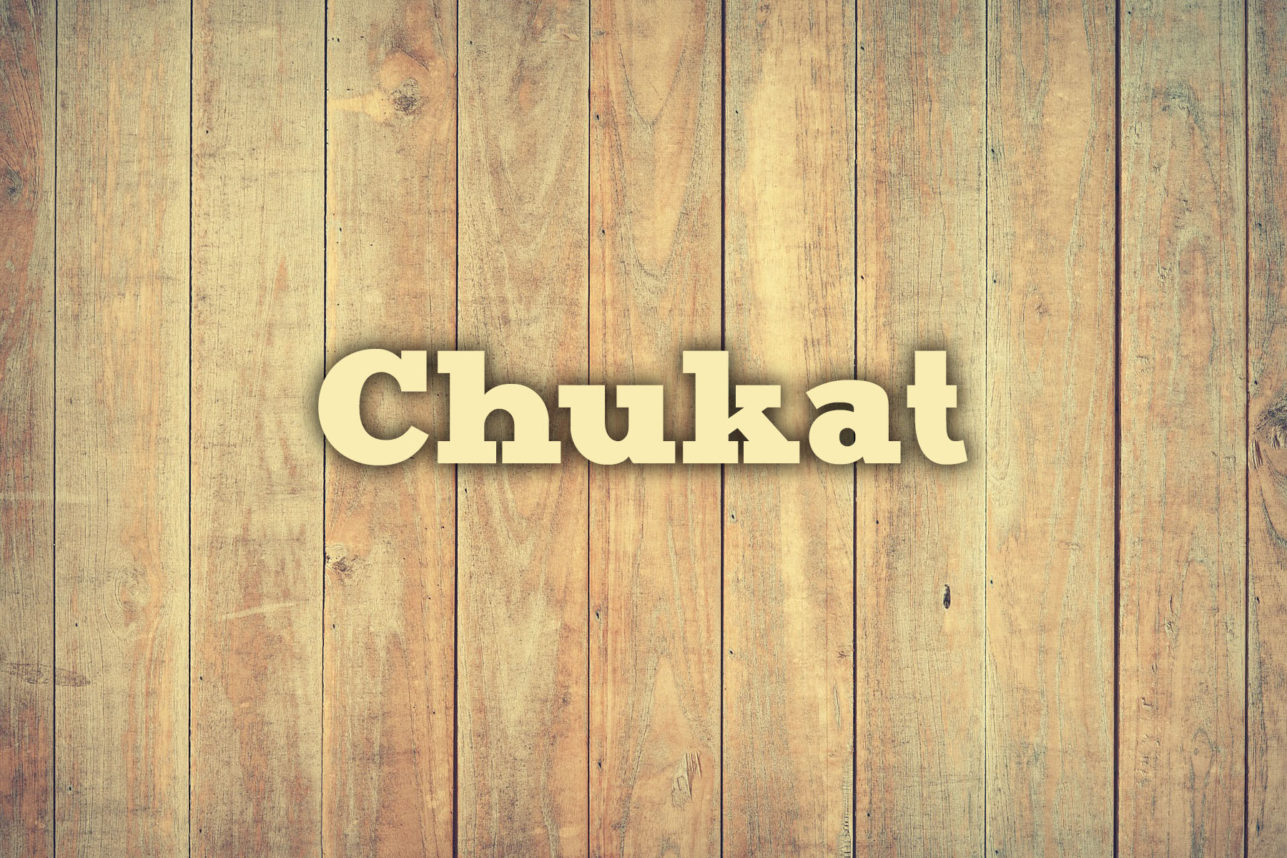
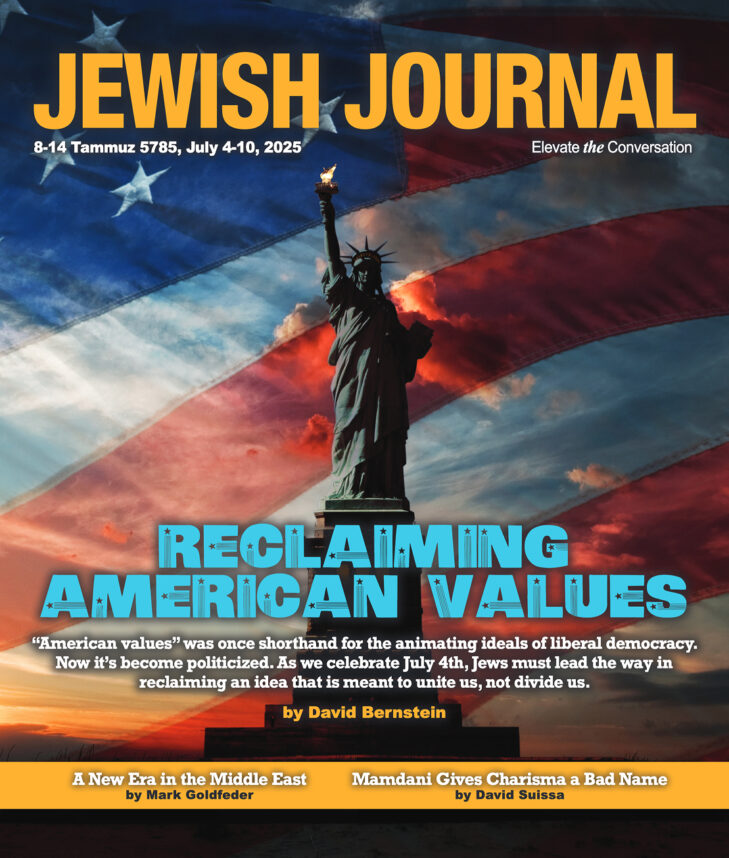
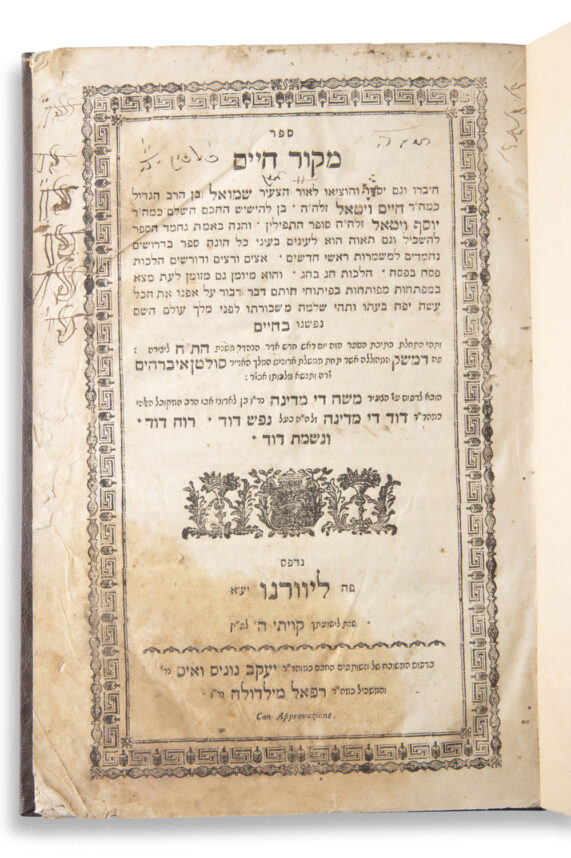

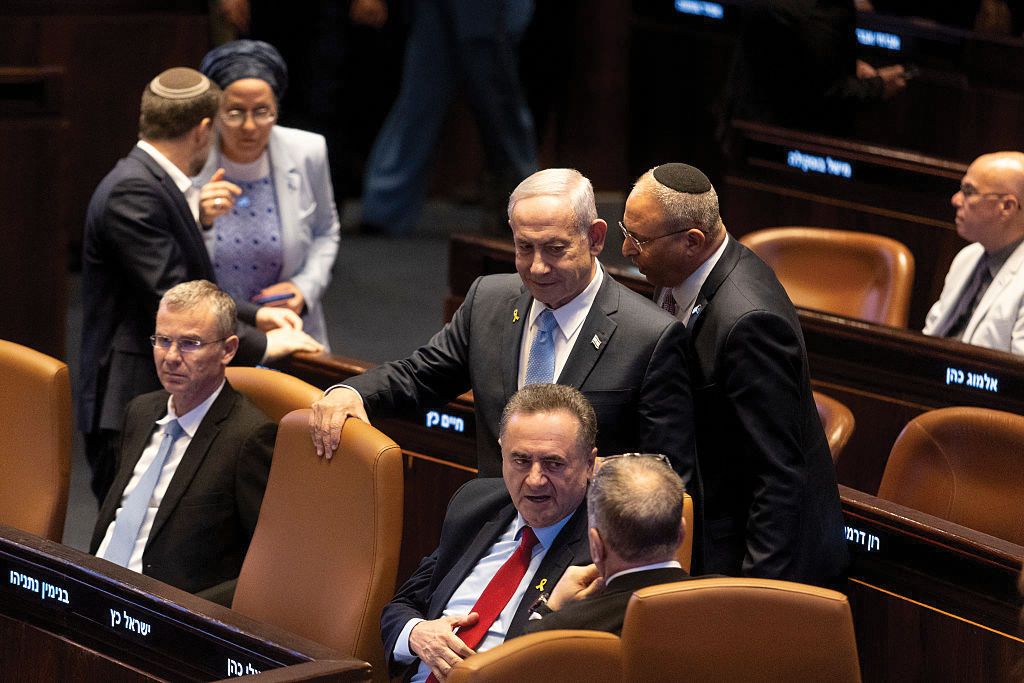
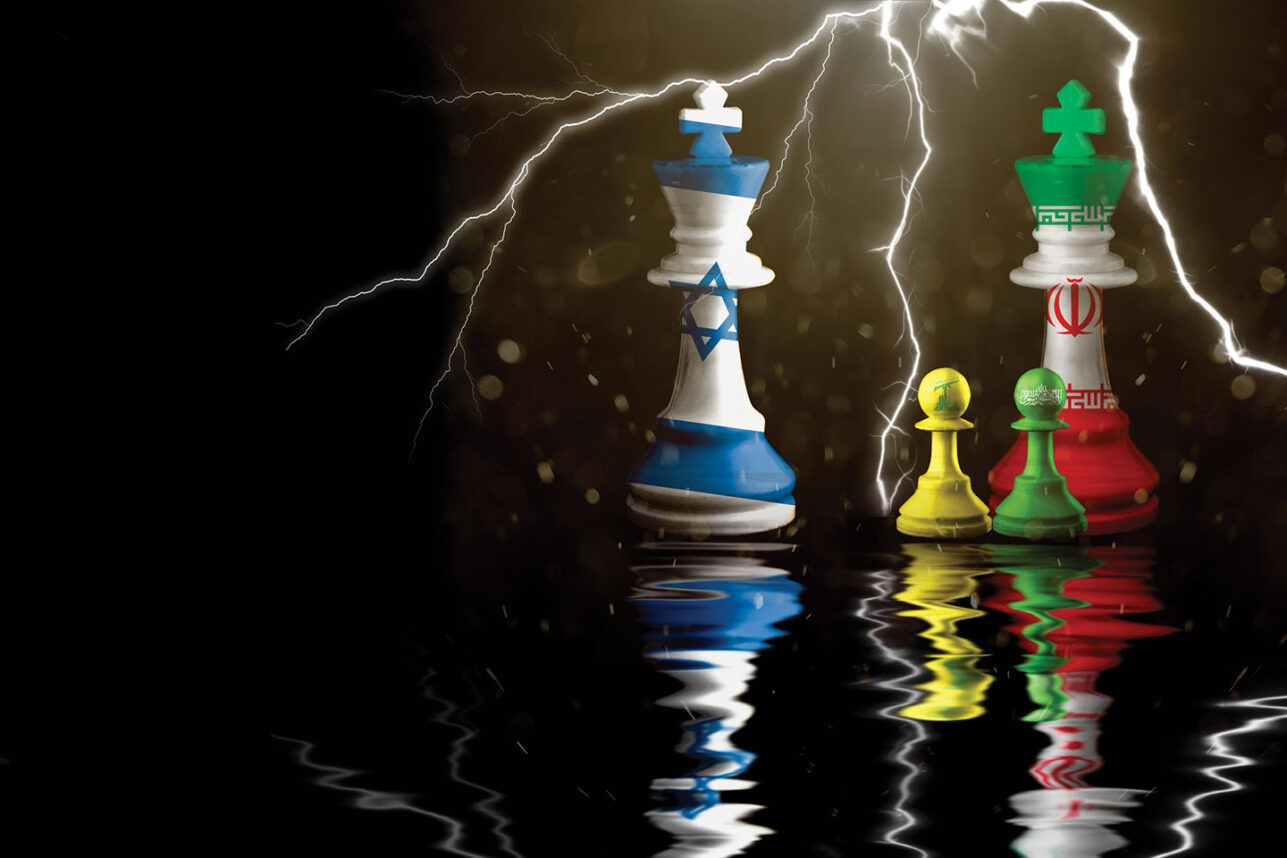
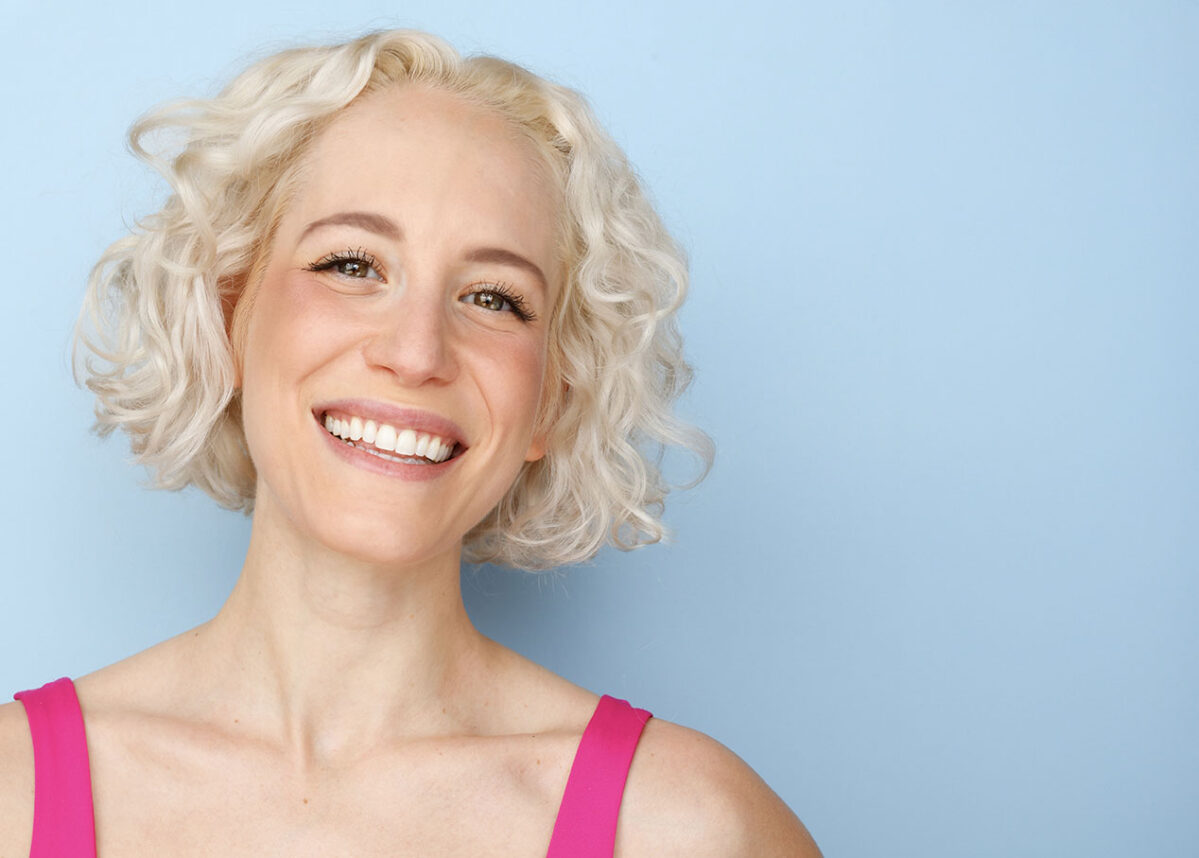
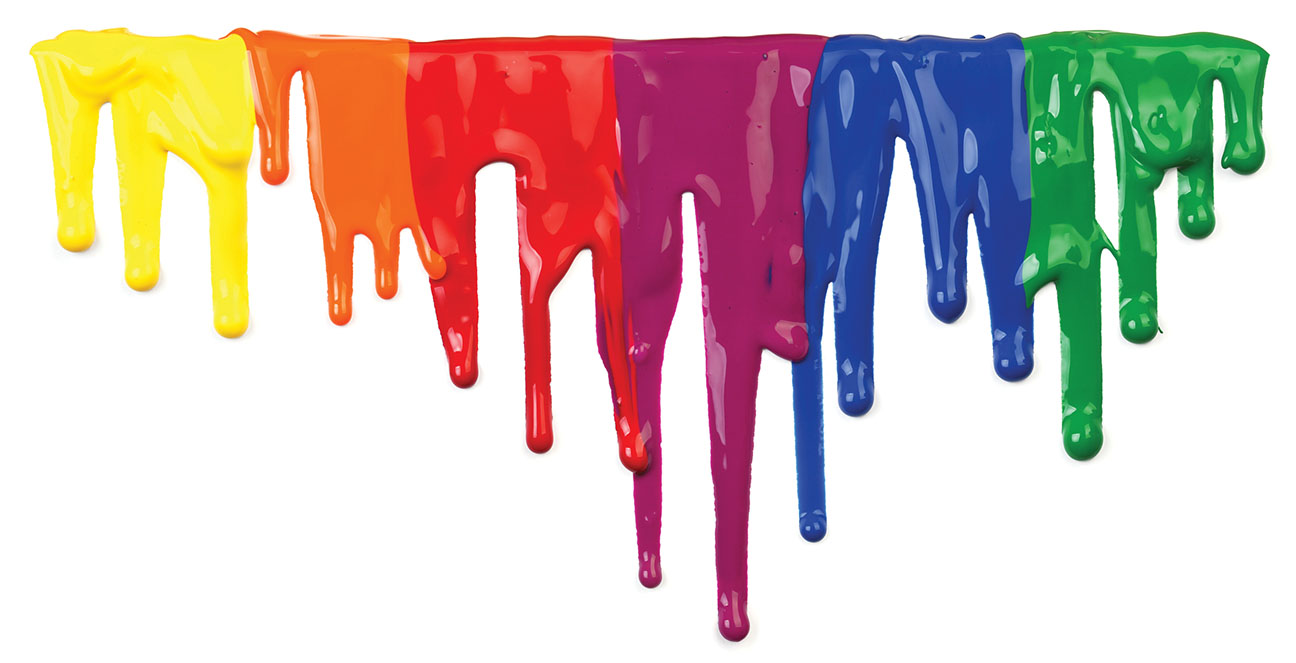
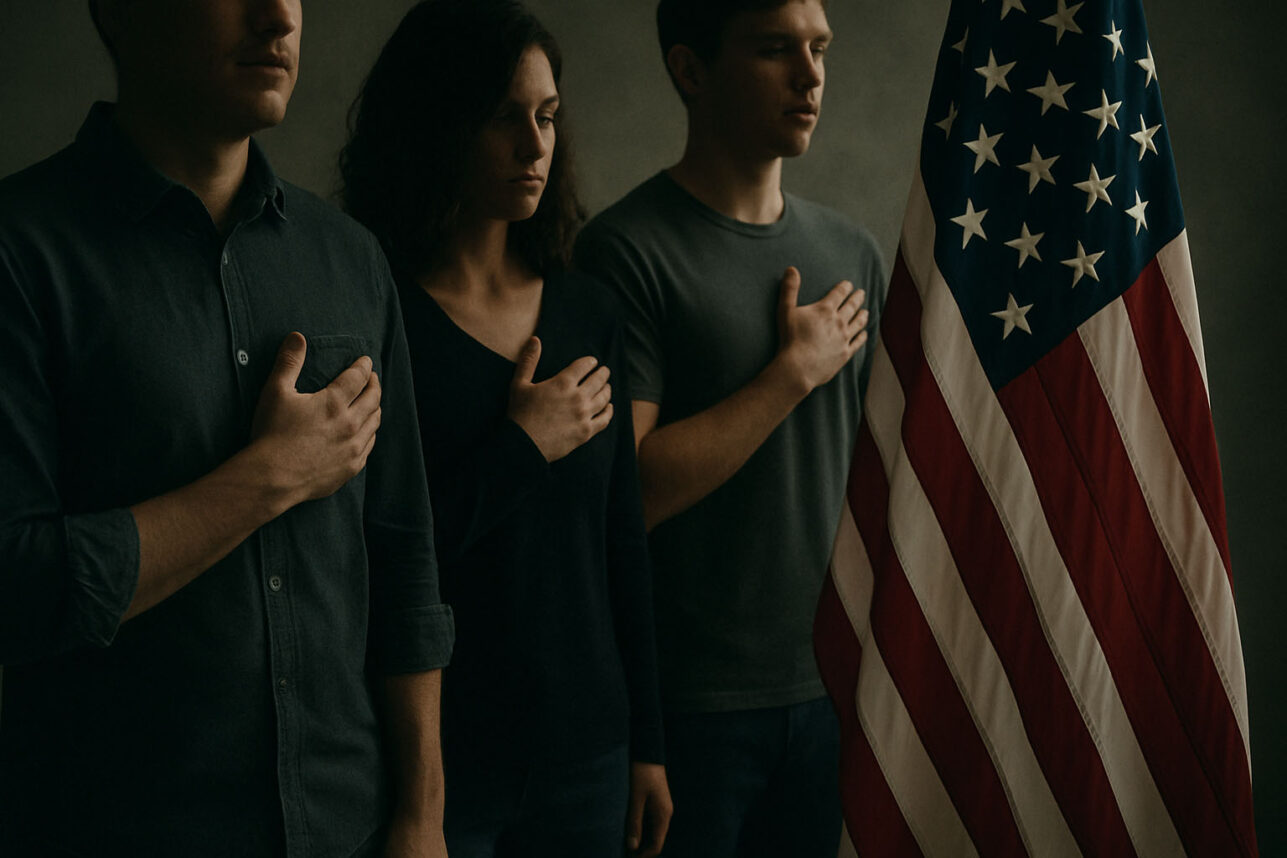
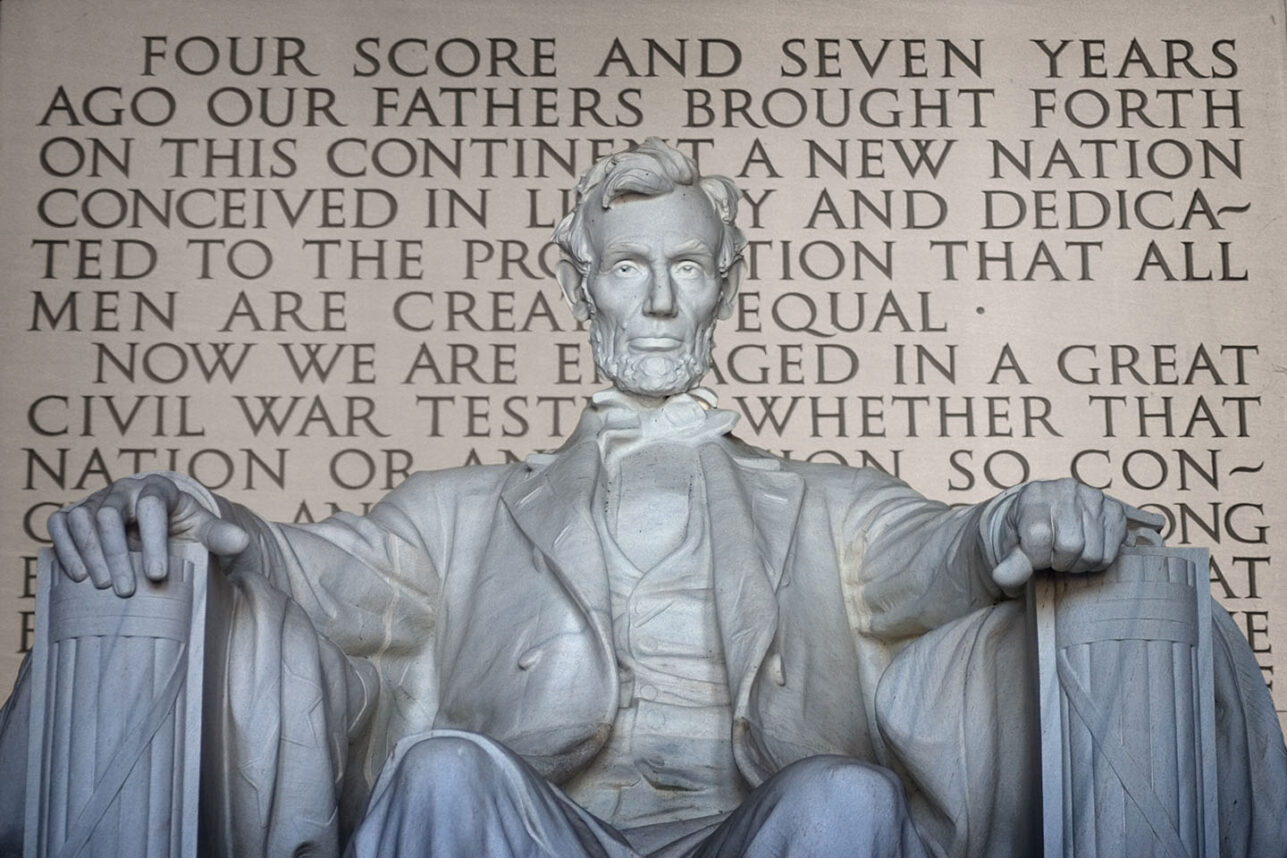

 More news and opinions than at a Shabbat dinner, right in your inbox.
More news and opinions than at a Shabbat dinner, right in your inbox.